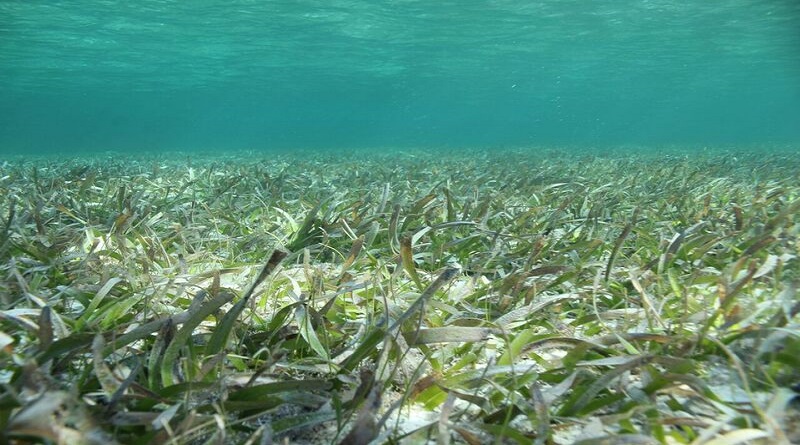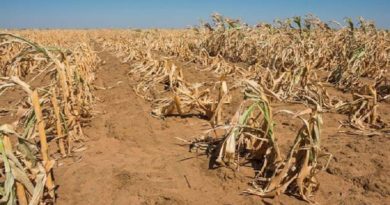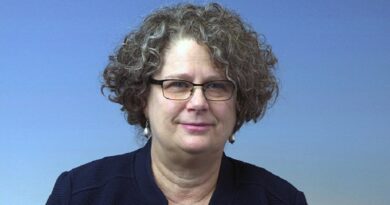Finding Coastal, Marine solutions to meet the Paris Agreement
The Blue Forest Project is helping nations understand how protecting and restoring coastal and marine ecosystems is key to climate change adaptation and mitigation
What are blue forests?
“Blue forests” are coastal and marine ecosystems, including mangrove forests, seagrass meadows and tidal salt marshes. They play an important role in protecting marine biodiversity and supporting the livelihoods of coastal and island communities by providing habitats for fisheries, filtering water, guarding shorelines and creating opportunities for tourism and recreation.
Blue forests also play a vital role in addressing the impacts of climate change. Such ecosystems are highly efficient in storing and sequestering atmospheric carbon in biomass and sediments, storing up to ten times as much carbon per unit area than terrestrial forests. The ability of coastal vegetation to sequester carbon is called “blue carbon.”
The destruction of these ecosystems can release buried carbon into the atmosphere, such as carbon dioxide. This further contributes to climate change, and reverses the climate adaptation and mitigation benefits they provide to local communities and the world at large. (Check out this great video for a simple explanation of the science involved: https://youtu.be/4fNW8spFS_o)
WHAT IS THE BLUE FOREST PROJECT?
The Blue Forests Project is a global partnership that improves the management of coastal carbon and ecosystem services to build climate resilient and sustainable communities. Since the unique value of blue forests is not widely known, the project aims to improve the knowledge and capacity of carbon sequestration in blue forest ecosystems through on-the-ground demonstrations, identifying scientific knowledge gaps and providing best practices and tools for global application.
We are on the ground in the Dominican Republic, Ecuador, Indonesia, Kenya, Madagascar, Mozambique, Thailand, the United States and the United Arab Emirates. In Madagascar and Mozambique, projects will apply blue carbon methodologies and approaches for valuing carbon and other ecosystem services.
Given their effective role in sequestering carbon, blue forests will play a key role in helping countries meet their climate goals. In order advance this, the project has supported the first assessment and inventory of how coastal and marine ecosystems can be incorporated into country plans of action under the Paris Agreement. This analysis found that 28 countries included a reference to coastal ecosystems in terms of climate mitigation, and 59 countries included coastal ecosystems and the coastal zone in their climate adaptation strategies.
By demonstrating the many benefits of coastal ecosystems, the Blue Forests Project is providing countries with nature-based solutions to meet their climate commitments. For example, the national determined contribution from the United Arab Emirates (UAE) included strategies to improve the understanding of carbon in coastal ecosystems and the restoration of mangrove and seagrass habitats as adaptation actions with mitigation co-benefits.
These actions also build on the experiences of a partnering initiative, the Abu Dhabi Blue Carbon Demonstration Project, which provided decision-makers with a stronger understanding of the carbon sequestration potential in the Emirate of Abu Dhabi. As a result, the Emirate-scale project was expanded to cover the entire country, and the UAE is currently assessing its blue forests carbon reservoir.
The four-year project is an initiative of the United Nations Environment Programme (UNEP), funded by the Global Environment Facility (GEF) and co-financed by project partners, and managed by GRID-Arendal.
UNEP




